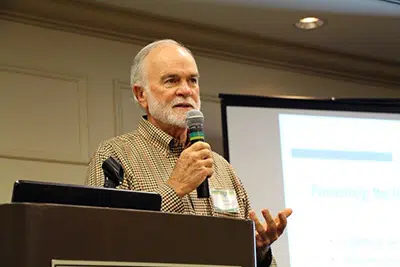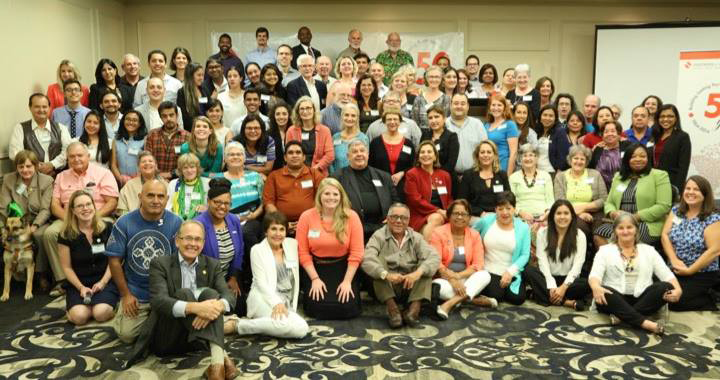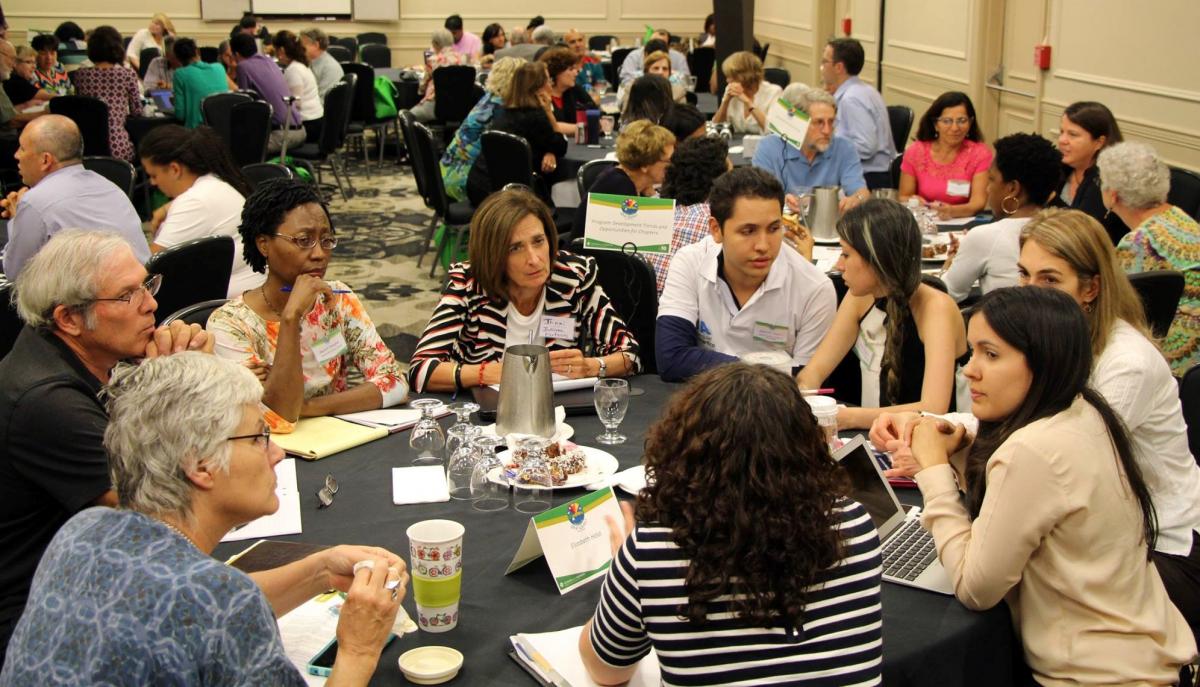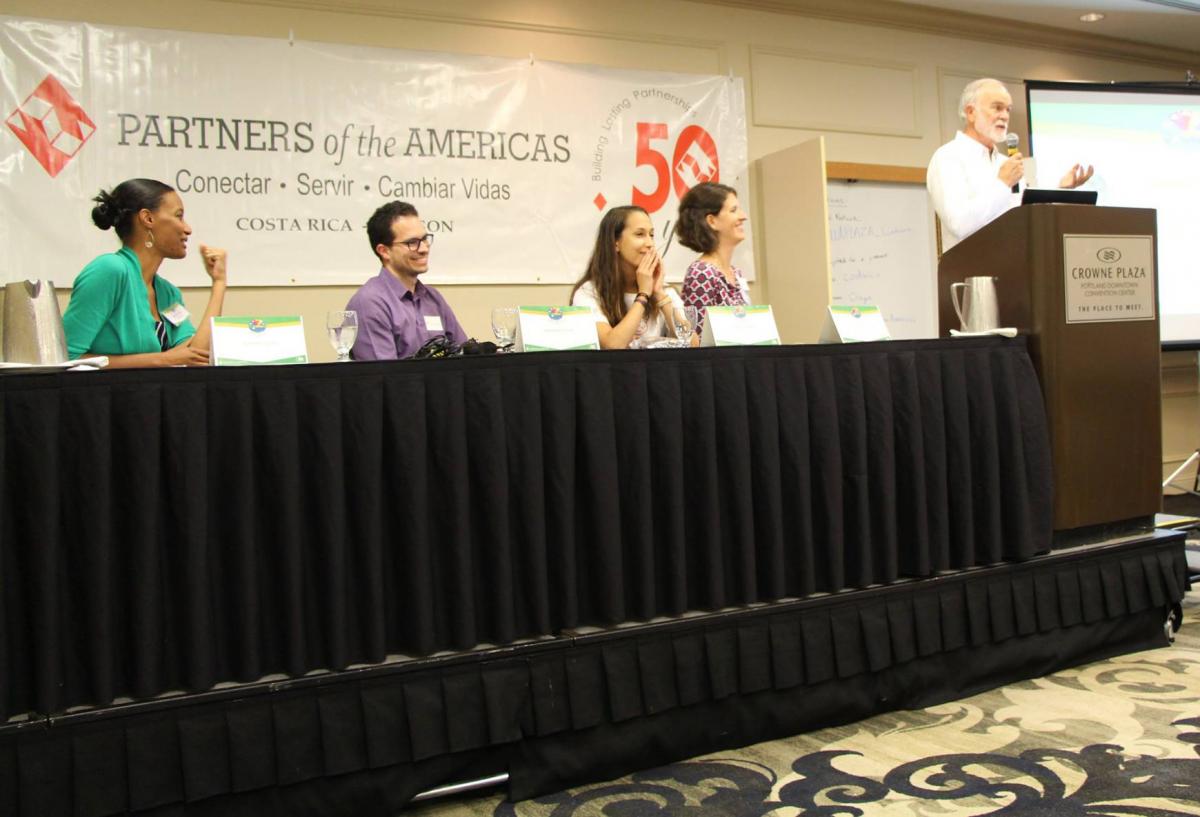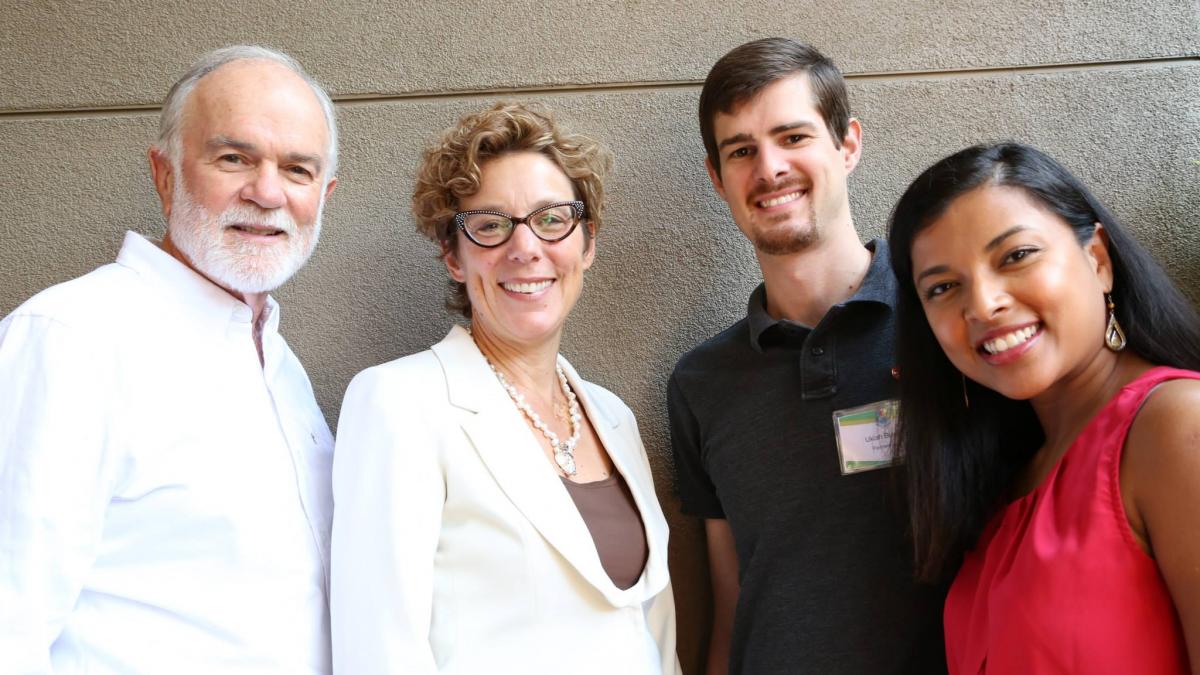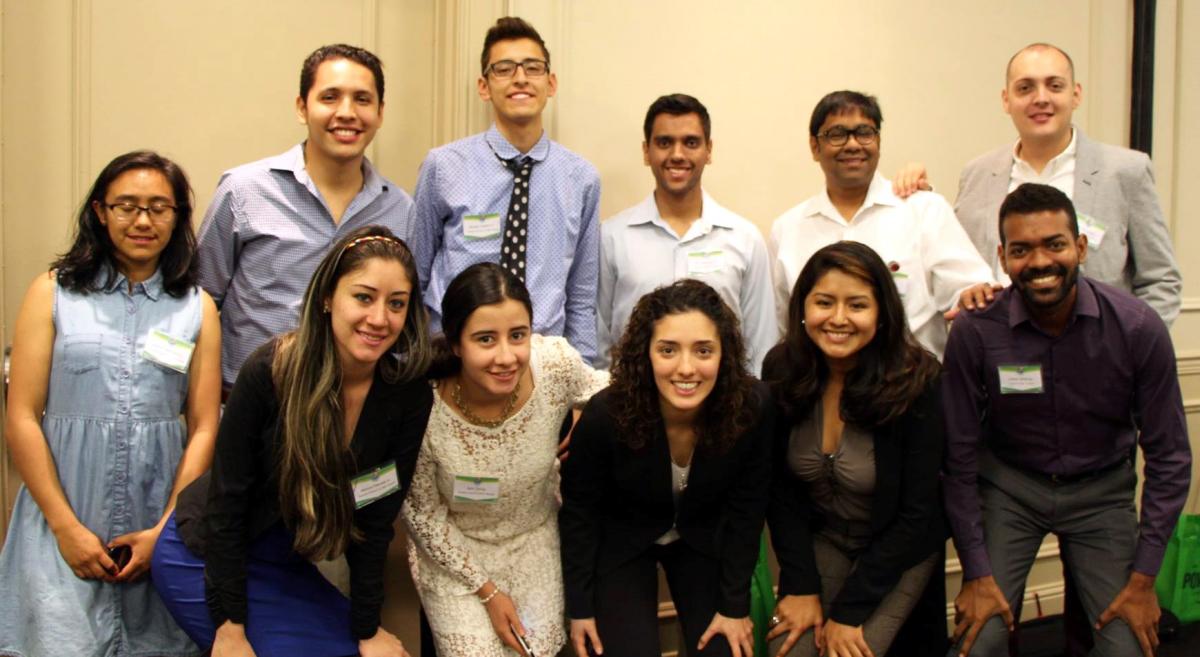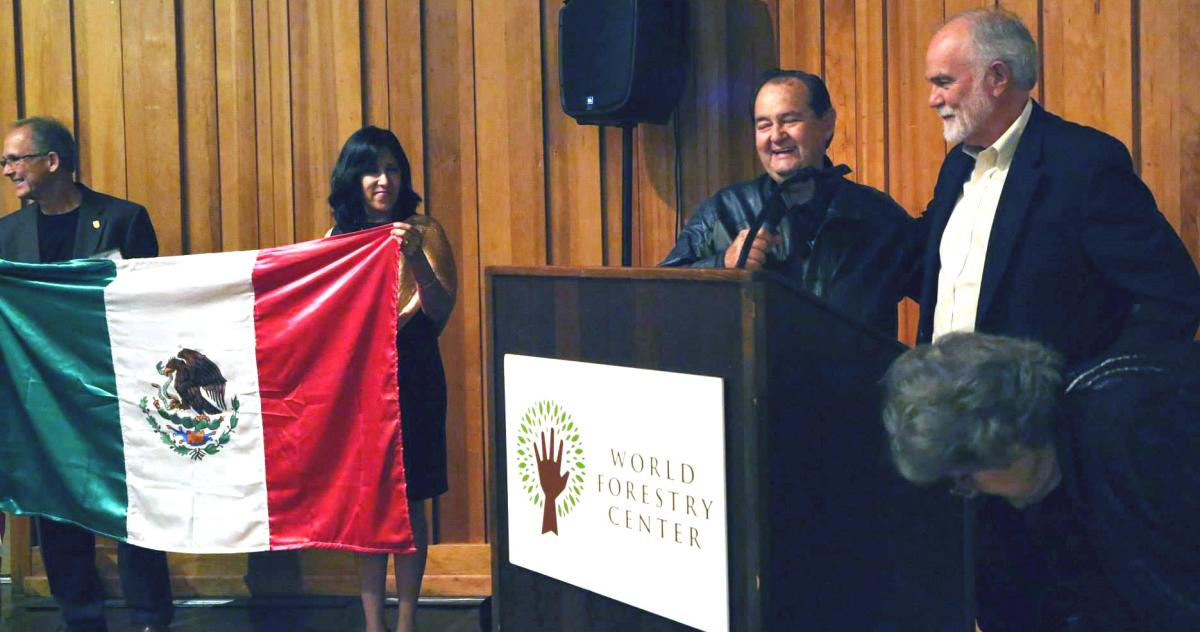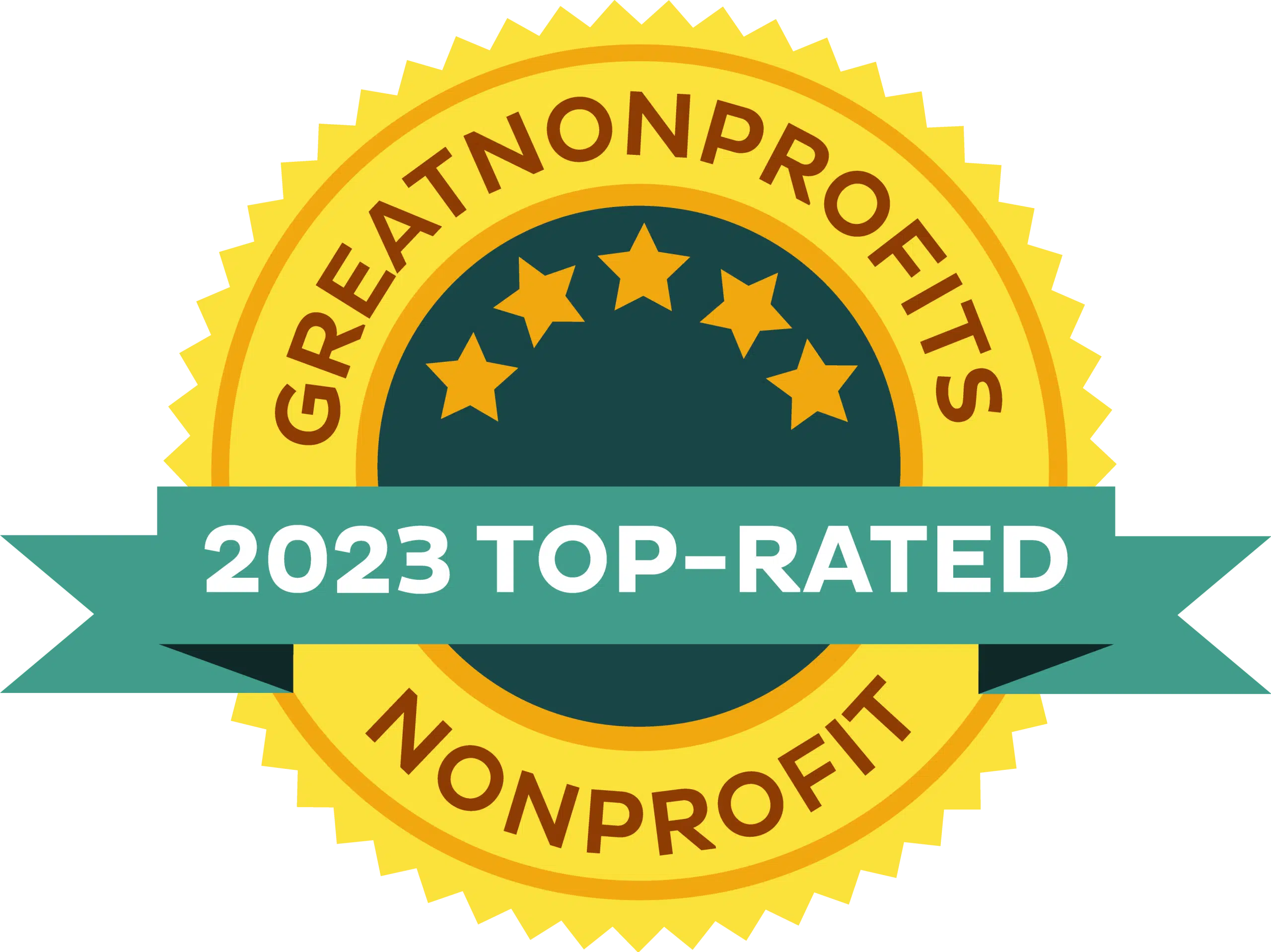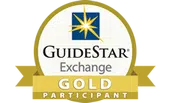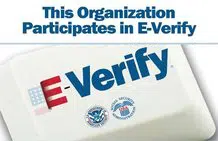Just a few weeks ago our Oregon Partners, led by our Chairman of the Board, Karen Graham, hosted a dynamite conference that brought together over 120 people representing 34 Partners Chapters and 6 community organizations. This event was truly one of the highlights of my career at Partners and a landmark moment in our ability to connect and share effective practices across our network.
While my first instinct after this event was to trot off to my log cabin and write another book for you all on Partners’ dynamic learning network and “el poder de convocatorio” (the power to convene), I found the willpower to resist the urge. Instead I have decided to share the top 5 reasons why I loved this conference and think the “What Works” meeting-model is here to stay!
But before I do, allow me to walk you through the history of the What Works! conference. The original idea came from our Colorado Partners desire to learn more about what projects were being implemented across the network and determine if those success stories could be replicated. They hosted the first bi-annual conference in 2013 as a small regional event with roughly 75 attendees, including representatives of the Oregon Chapter. Immediately afterwards, the Oregon Partners reached out to us with an offer to host the next What Works! conference. It is hard to be the first one to do anything, but it’s arguably harder to be the first-follower of that new idea. I’m both amazed and grateful for these Chapters’ willingness to be proactive about connecting the network and they’ve relied mostly on their own local resources and ingenuity to make these events successful. We now already have a bid in from the Antioquia, Colombia Partners to host What Works! in 2017.
1.) The Tonal Quality of Peer-to-Peer Learning
Excuse me if I sound like a musician or conductor of an orchestra—I barely know how to turn on a radio today—but there was tonal quality to our discussions that had so many of the qualities I always wanted to find in our meetings and discussions. Here is some of what I heard and experienced:
Friendly, caring, enthusiastic, thoughtful people in a non-competitive setting sharing their hard-earned knowledge and understanding with innocent, open-minded “newcomers” who wanted to learn.
We were almost starry-eyed at times in our hope to make a better world. We shared, talked, constructed and then deconstructed ideas. There was no shortage of well-educated, erudite participants but there was none of that “posturing for footnote recognition” that accompanies so many of the other professional meetings I attend. There was an ease of exchange that I took in like a drug or elixir. I was among the true amateurs, those lovers of a particular idea, sport, or form of art who find ways to come together and advance their knowledge and support of a particular idea that they hold dear. Some of this was enhanced by the fact that our Oregon hosts and our DC-based staff had pulled together a seamless agenda and series of discussions and meetings.
Of special note was a balance and understanding I observed between the pure peer-to-peer needs of the Chapters to connect and learn from one another, as well as, form a deeper understanding of the many programs Partners implements with grant funding. For my first time, I saw a valued appreciation that we are neither just chapters nor a development agency. Maybe it was all of the rivers and lakes coming together in Oregon but as one participant from Honduras observed, “I get it: two streams, one comprised of chapter volunteers and another, the development projects Partners needs to sustain itself, come together into a larger river. It is not either/or, we are both! We are bigger than I thought.”
2.) We’re Doubling Down on our Support to Partners’ Network
We truly are a network larger than we imagined! This phrase never gets old to me because I’m routinely surprised at how deep our reach is in the communities we serve. The fact that we had 120 participants from across the hemisphere at our 2nd What Works! conference is due in large part to the Oregon Chapter’s ability to provide over 40 homestays to conference participants in connection with Servas International.
Leading up to the conference we prepared a suite of new resources to present to the network for feedback. A least of some of them is below and a number of them are new. We need your continued engagement and interaction with these tools to make them optimal resources for your use.
- An Upgraded Website and PartnersConnect Membership Portal
- A New 90 Second Promo Video titled, What is Partners?
- Two Program Curriculums for Chapter Integration
- Access to PartnersCounts online
- A Refined Charter Process for New Chapters
We were delighted to see these resources be well-received, as well as stimulate a lively discussion on how to better capture and leverage our organization’s value. PartnersCounts, which is our system for collecting and monetizing the value of the volunteer time our members contribute on an annual basis, became a special topic of interest for several reasons. First of all it was widely applauded that volunteers can now submit their hours online via our new membership platform. Secondly, that appreciation led to a conversation on how understated the real value of our work is, noting that neither the cash contributions, nor the in-kind donations can be recorded on the existing form. For example, many of the Oregon English teachers offer not only hours of classroom teaching but they often pay for their own flights and instead of paying for hotels, they use homestays (i.e. cost-savings). In addition, they often bring teaching materials, books, posters, games and other resources as gifts.
Our conclusion was that our real value is at least ten times greater than what’s recorded through PartnersCounts. With this insight in mind, staff is now examining ways to improve to the PartnersCounts system to allow the volunteers to post more of their contributions in way that can be successfully audited and used to reveal our value.
3.) The 800 Pound Gorilla Finally Joins the Discussion: Bilingualism in our Hemisphere
How can you form a meaningful partnership if you can’t talk to each other or communicate? It seems like such a basic, obvious question that only now is taking on a new sense of urgency. The Oregon/Costa Rica Partnership has nearly 50 years of bilingual training and exchanges and they became the center of many of our discussions about this important topic. The focus of our interest was not determined by the fact that our host, the Oregon Chapter, has accumulated so much expertise in this area: bilingualism has for all of the obvious yet overlooked reasons come to the foreground of interest in so many countries and agencies. The countries of Colombia, Panama, Brazil, Chile, Costa Rica and more have all passed laws or mandates to become bilingual and create a global citizenry but then faced the questions of: what is the best way to teach? How long does it take? How much will it cost? And how can we mobilize volunteers from the US to not only teach us English but by their very act of voluntary generosity, show us how to volunteer?
It was during these discussions that the work of Luz Adriana Restrepo and Fabian Gonzalez shared their approach and methodology captured in Luz Adriana’s book, Creatividad en la Ensenanza Bilingue par alas Nuevas Generaciones. Their highly innovative and creative approaches captured the attention and imagination of so many of the 120 participants. Our hope is that we will be able to support them disseminate and apply their methods more broadly in Colombia and around the hemisphere. It was one of the true highlights of our peer-to-peer learning meetings.
Penny McDonald posed an important question: “What would happen if we made a general call to our network, across chapters, for any teachers who wanted to volunteer their time to teach in a particular country? I bet we would find a lot of interest.” Another observed, “What would happen if Partners made volunteer language teaching as the default or go-to program area where any and all chapters could make a contribution?” Another good question.
4.) It’s ALL about Leadership
Another high point of the conference was an interactive session led by the Kansas Leadership Center KLC on how to differentiate between adaptive and technical problems to exercise effective leadership on the problems we’re trying to solve as civic leaders. When the pressing issue of leadership training was raised at our 50th Anniversary convention in Brazil, it was the Kansas Chapter leaders who identified the KLC as an already established organization we should get to know—affirming once again that so many of the solutions we seek are to be found within our network of talented volunteers. I encourage you to visit their website (www.kansasleadershipcenter.com) and learn about the different workshops they offer. During the conference, we had about 15 volunteers express their willingness to do follow up training with KLC. Our goal is to create a Partners Hemispheric Leadership Network in which we can build the leadership capacity of Partners’ network.
When I shared my dream that Partners could one day host an annual leadership seminar for volunteers in The City of Knowledge in the former Panama Canal zone that has been rebuilt as a university campus which houses schools, university outreach programs, NGOS, and government development agencies, the student representatives from Panama immediately jumped on the idea and offered to convene and organize it. Wow! Out of this expressed interest, Ukiah Bush is traveling to Panama this week to follow up with the students on their offer. The big issue is always content: to train leadership to do what, for whom, under what values and practices? We are working on the content and curriculum now with support from the Kellogg Foundation. I would love to see us build a rich, learning network around leadership where our volunteers, chapter and board leaders and program staff could attend.
I also suspect that the best forms of leadership training is peer-to-peer learning along the lines of what took place at #WhatWorks2015. Leadership was in abundance in every one of our discussions, from the ability of Oregon Chapter to host this successful meeting to those panel discussions where Chapter leaders offered their “lessons learned.” I think in particular of how John and Marilyn Beattie from Colorado reminded us of how to negotiate with a local Community College to “get what you need, not what they want to give you.” And how Luz Adriana from Colombia explained the power of creativity and innovation in language teaching –“not just teaching but leadership in the classroom”—as a way of working through all of the obstacles that a bureaucracy can place in your way. As Harry Wing noted, “What works is dynamic leadership, someone who connects and then reconnects the dots in innovative ways.”
5.) “Partners Finally Has Content!”—Two New Curricula + 3 New Books
The comment that “Partners Finally Has Content” caught me momentarily off guard until I asked for a deeper explanation. It was explained that we have so many great stories and programs that have made a real difference but rarely the ability to capture those stories on paper or turn the development programs into replicable models that can be marketed externally. So at this WhatWorks Conference we unveiled the A Ganar Curriculum for “youth employment through sports” program and the YouthLead Curriculum that grew out of many years of various chapters experimenting and developing new and innovative approaches. In addition, we had an evening reception and book signing of three authors: Penny McDonald’s bilingual children’s book entitled, We Share Our World; David Corcoran’s The Power of Partnership, and then my Soul Deep: The Power to Connect. Serve. Change Lives. It was a special, sweet moment to be on the stage with these two other authors and champions of the work of Partners of the Americas.
One More Thing! 2016 Guadalajara Convention Announced!
During our closing dinner and awards ceremony, I was honored to stand side by side with members of the Jalisco-Oklahoma Partnership to announce that Partners next Convention will be in Guadalajara, Jalisco Mexico from October 26-29, 2016. There was a contagious sense of excitement on the part of the Jalisco Chapter to make next year’s convention the best in Partners’ history. Please spread the word and start preparing your Chapters now. We also encourage you to make donations via www.partners.net to support us in the planning of the 2016 Convention.
And so we move on to Jalisco, Mexico in October of next year for our bi-annual Partners convention and then to Medellin in 2017 for the third What Works! conference. I hope more and more people can join us. Siga la Fiesta en Guadalajara!
